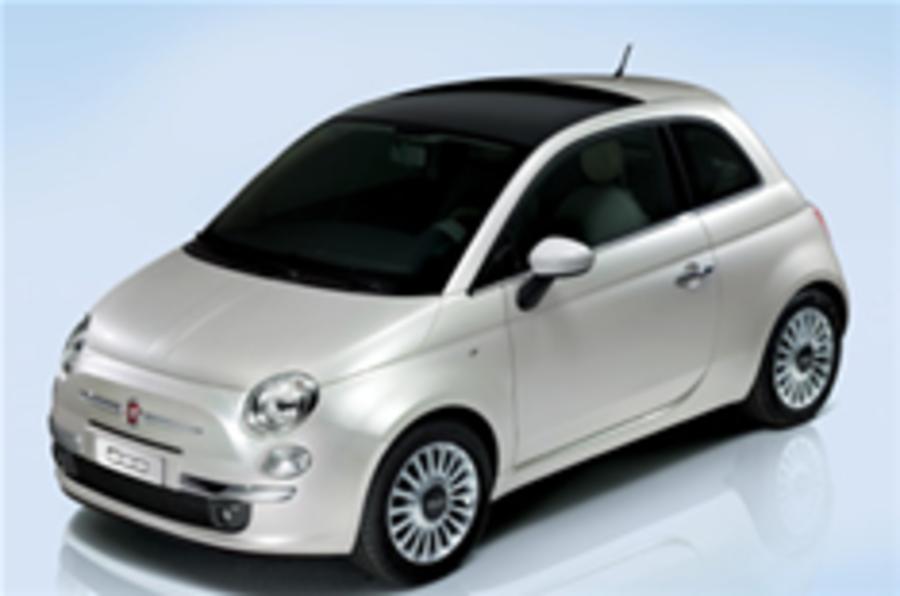Fifty years after the launch of the Nuova 500, Fiat has unveiled a 21st-century version of its classic city car. But as with the new Renault Twingo, UK buyers won’t get the option of the cheapest, most basic models when the car goes on sale in January 2008.
Instead, Fiat UK has chosen to import just the higher-spec models, to be followed by an Abarth 500. Other markets will have the option of an entry-level Fiat 500 powered by a 1.2-litre 69bhp engine and a diesel model using Fiat’s 75bhp 1.3-litre JTD engine.
The 500 will be positioned as a rival for upmarket small cars such as the Mini, and UK pricing will start at around £11,000. Pricing in Europe for the cheaper models will start at around £8000, or around 10 per cent more than the equivalent Panda.
As with the Twingo and the Mini, buyers will be able to personalise their cars with a range of options including exterior and interior graphics. Unlike the Mini, the three-door-only 500 will seat four adults.
The exterior styling of the 500 is near-identical to that of the Trepiuno concept shown at the 2004 Geneva motor show. Inside, the car differs more significantly from the concept, although the unusual circular headrestraints are carried over. The dash structure is derived from the Panda’s, but the 500 gets a new centre console and an all-in-one speedo incorporating a rev counter, fuel gauge and clock. Expect the materials to be of a higher quality than the Panda’s, too.
Underneath the 500 is a modified Fiat Panda platform, although at 1650mm wide and 3550mm long it’s 50mm wider and longer than a Panda. It uses Panda suspension — MacPherson struts at the front and a torsion beam at the rear — and Panda brakes, although the track has been widened by 2cm and the whole car sits 5cm lower than a Panda, at 1.49m high.
The car’s short front overhang has forced engineers to rework the Panda’s front-end structure to improve safety. Deformable ‘crash boxes’ of high-tensile steel have been included. These add 25kg to the weight, but make the 500 10 per cent more rigid than the Panda.
Along with the 1.2-litre petrol and 1.3-litre diesel engines, which will have five-speed gearboxes, there will be a range-topping 1.4-litre petrol engine with 99bhp and a six-speed ’box. All the engines are compliant with the new Euro5 emissions regulations due to come into effect in 2009.
The new 500 is effectively two cars in one. Ford’s new Ka, due next year, is based on the 500 and will share the same platform. Both cars will be built at Fiat’s factory in Poland, which makes the Panda.





Add your comment